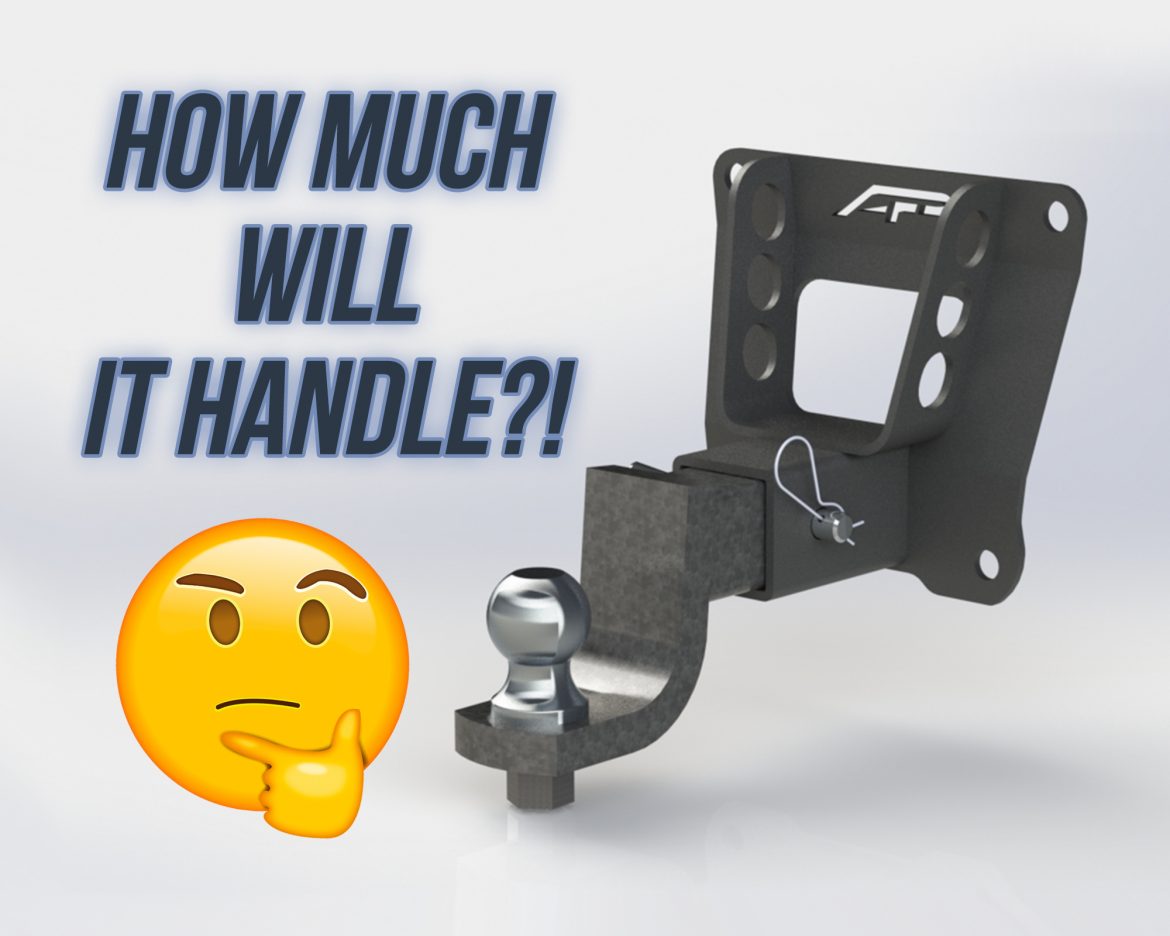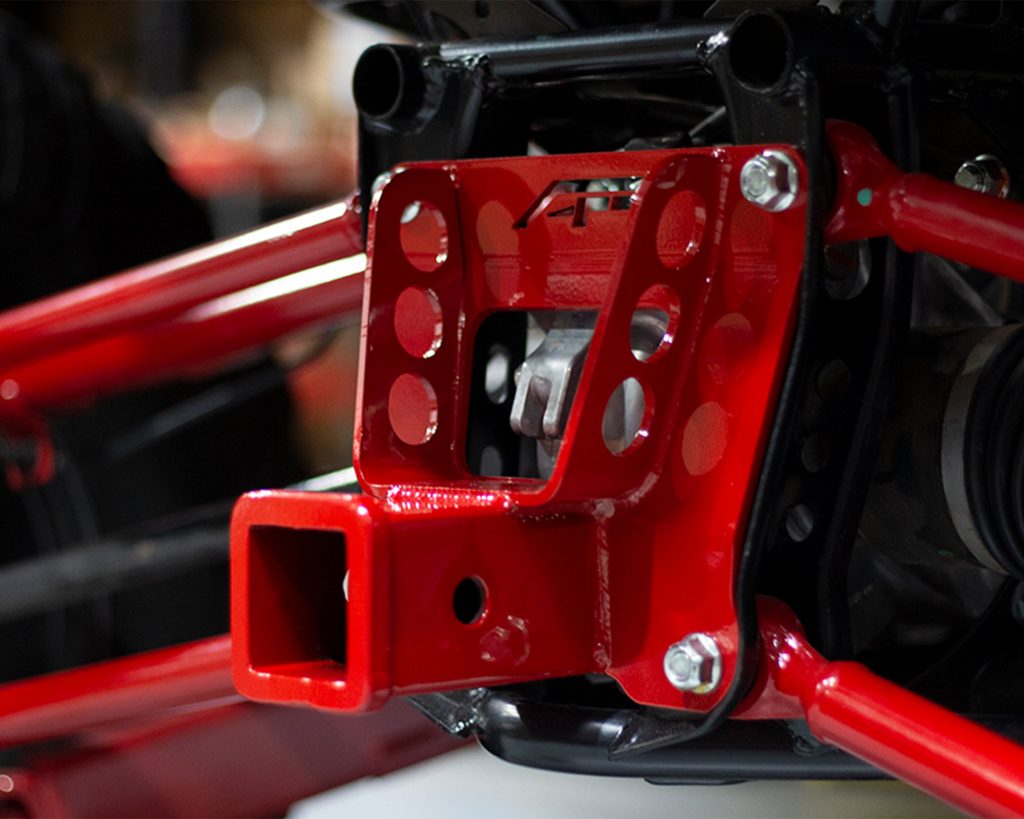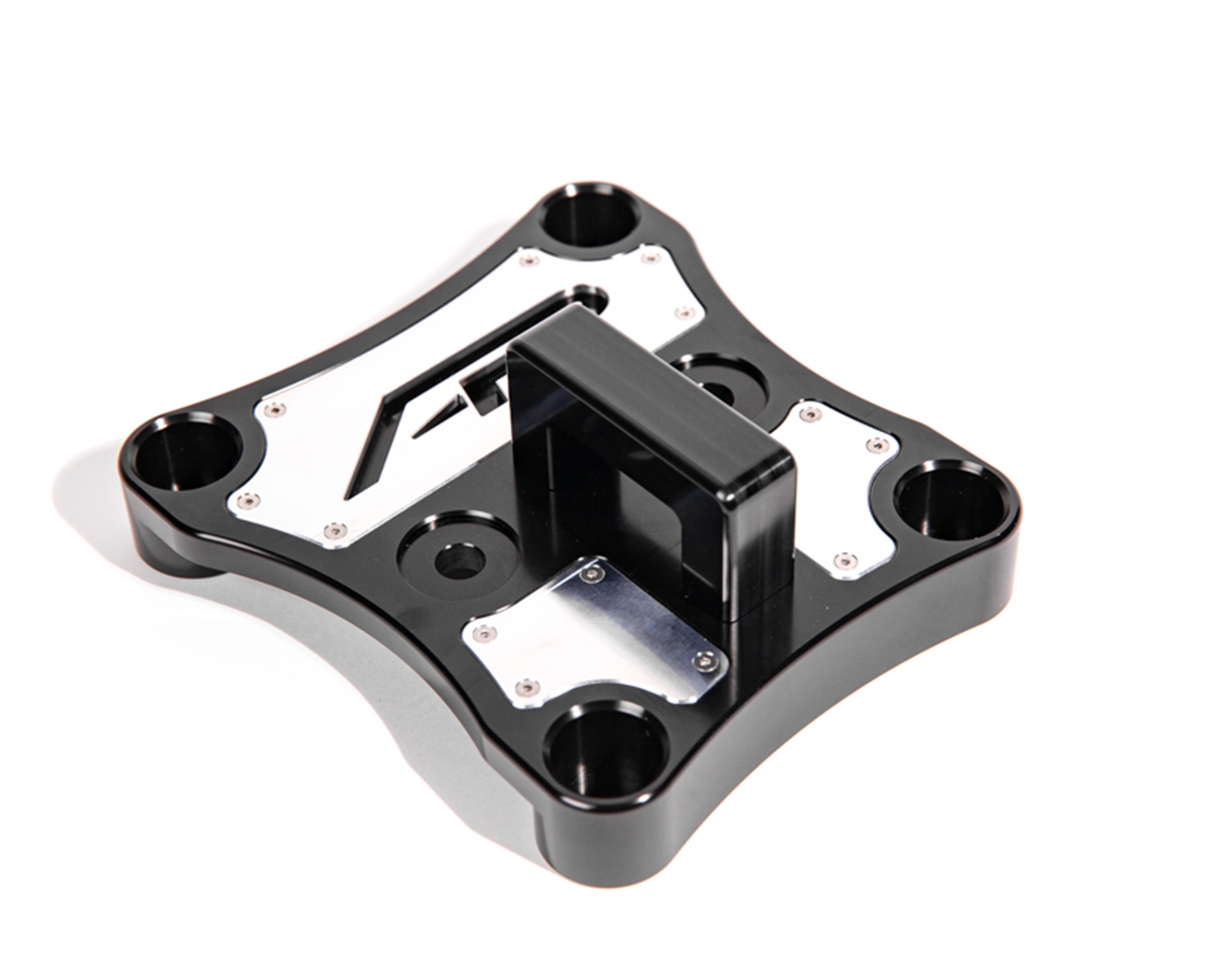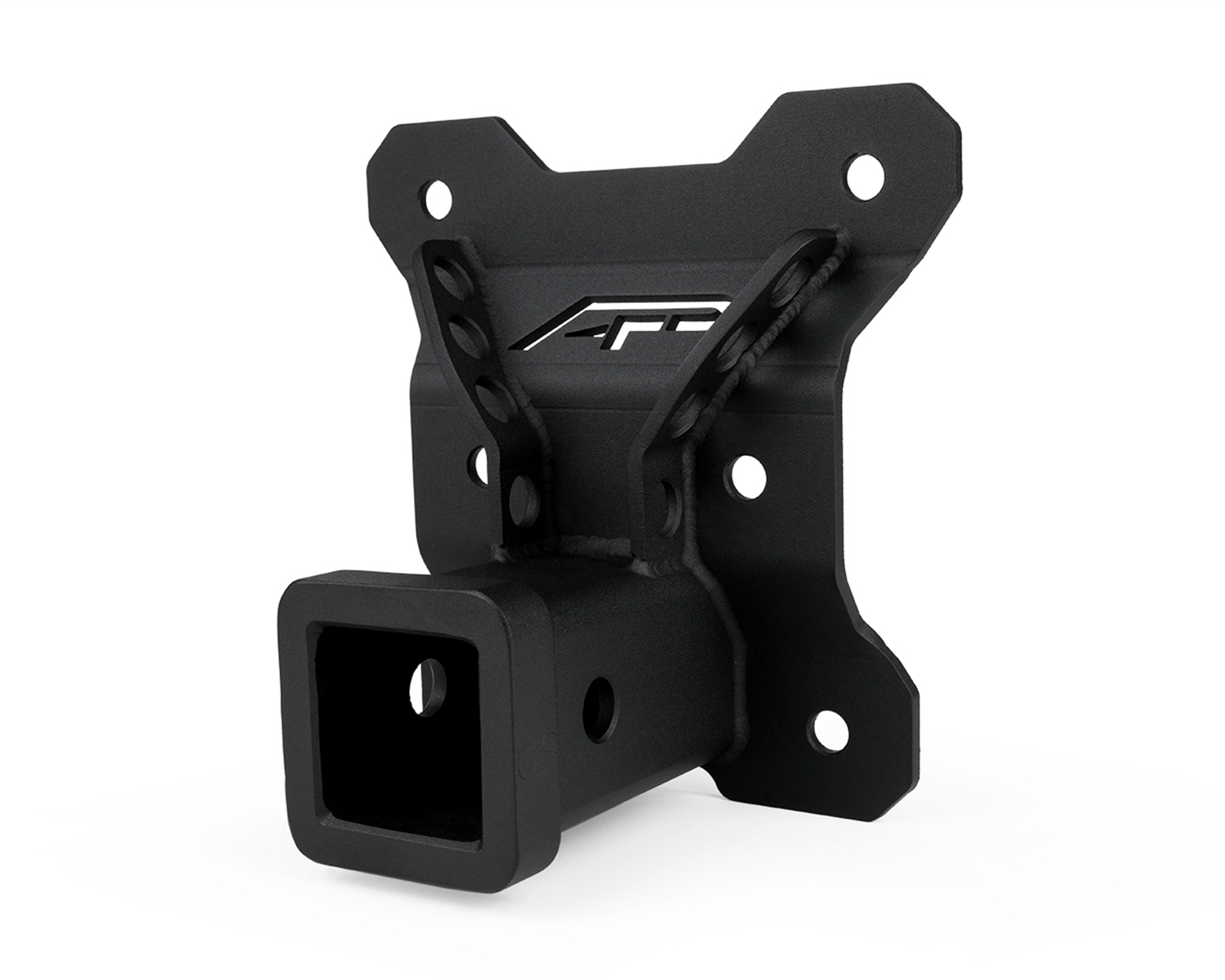
What Is The Towing Capacity Of a UTV?!
While UTVs can be used as performance machines to race with, many owners are purchasing them for their utility features. As someone who uses their machine for towing, hauling, plowing, etc.. it is common to be curious about the true towing capacity or bed capacity of your machine. There are many uses for these machines other than sending them off a jump in the dunes and that is what makes these UTV’s so versatile and sought after.
How Much Can Your UTV Handle?

The Can-Am Maverick X3 is one of the most popular UTVs on the market right now and for a good reason. The performance for towing is unmatched thanks to the 3-cylinder turbocharged engine mated to a CVT transmission. Not only that but the chassis is braced well and offers a max towing capacity of 1,650 lbs. The bed capacity on a 2 seater is 200 lbs and the 4 door models can only withstand 150 lbs.

As for a Polaris RZR XP 1000, there is a slightly lower towing capacity at 1,500 lbs due to less chassis reinforcement. The RZR platform is great for performance but does lack in the towing realm due to this decrease in capacity. The bed can withstand 300 lbs which is slightly more than the X3. While towing capacity is slightly lower, it still handles incredibly when pulling a load. With this capacity, you are safely able to tow your friend who broke down, or be the tool support vehicle when going into the dunes.
Shop Hitch Receivers Here
If you are a Polaris fan but would like a higher towing capacity, look no further than the Polaris Ranger 1000. The Ranger boasts a 2,070 lbs maximum which blows the X3 and RZR XP out of the water and takes the title for the highest-capacity UTV. Granted, the Ranger is specifically built for working hard and it certainly proves its worth out in the field. The bed is rated for 1,000 lbs and is able to haul dirt, rocks, sand, bricks, wood, anything you can imagine that weighs under 1,000 lbs.

Another top contender for a relatively high payload is the Yamaha Wolverine RMAX with an astonishing 2,000 lbs towing capacity at the hitch. Both two and four-seater models offer a 600 lbs bed capacity with enough space to get your common tasks accomplished. Not only can this machine tow, but it can also have some fun on the trails. While being an unassuming utility vehicle, the RMAX can get down and dirty one second, then be taken out for a rigorous trail ride with your RZR / X3 friends.

These numbers are purely based on what the chassis can handle. Buying a sturdy hitch receiver will give you the capability of towing a heavy load reliably. Ultimately, you will be limited by the strength of your chassis and CVT belt on machines equipped with one when it comes to overall capacity. Most people towing won’t have an issue with the chassis, but will have problems with the belt wearing out prematurely or snapping completely. Many owners have pulled upwards of 4,000 lbs with no issues, but this will heavily be dependent on the way you are towing and how you are doing it. It is also worth noting that it is not recommended to go past 10-15 mph when towing a heavy load or accelerate fast to prevent any unnecessary stress to your chassis and drivetrain.
Flat towing a vehicle that has all four tires inflated will not put much stress on your machine or hitch receiver. The problems start to occur when you are pulling someone out of a mud hole that got stuck, towing a vehicle with flat tires, or towing a trailer with too heavy of a load. There are certain plates you can purchase to complete certain tasks like a D-Ring plate or a high receiver. While you can buy a hitch receiver for your machine, it is not recommended to hook up a full-size trailer with a car loaded up as this exceeds the general towing capacity of the machine.
Purchase Your Hitch or D-Ring Plate Here
A more practical towing solution with a trailer would be a small fishing boat, motorcycle, ATV, dirtbikes, or a utility trailer with tools and gear loaded up. These options are all under 1500 lbs and can easily be pulled by your machine safely. When you are towing a heavier load than recommended there is a possibility of twisting / bending your chassis, blowing up a CVT belt, or burning out your clutches.






